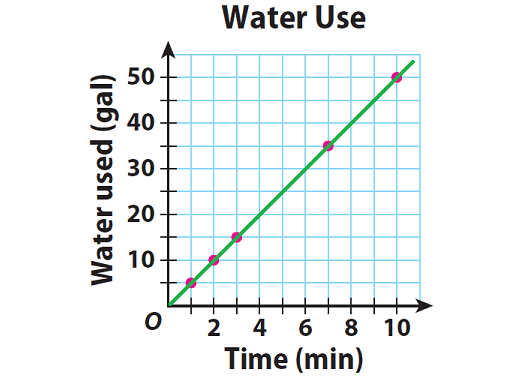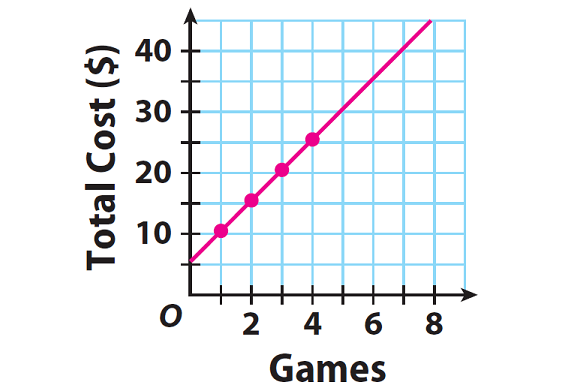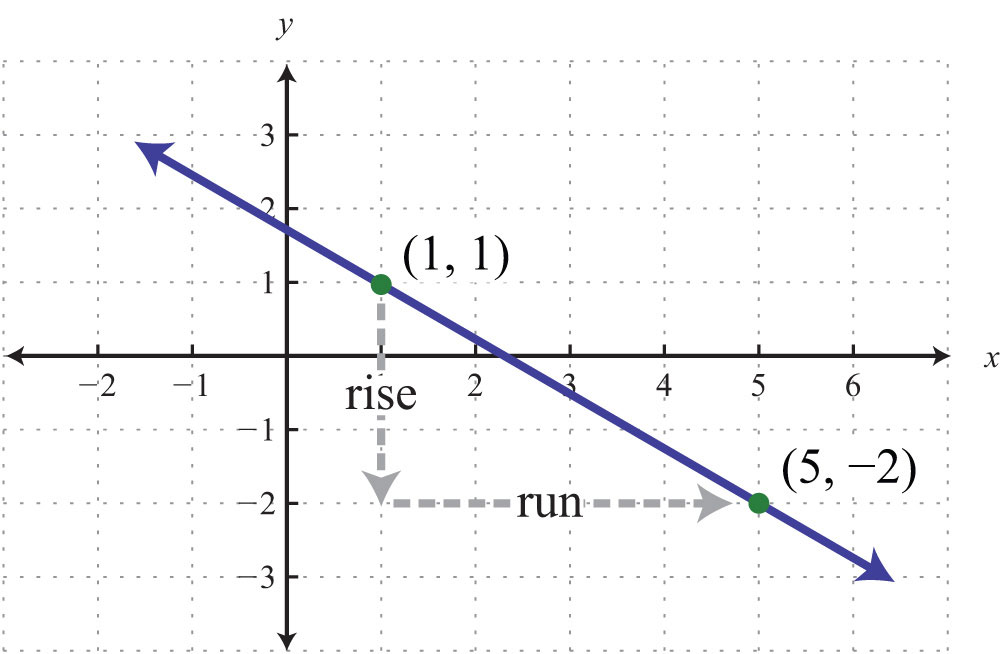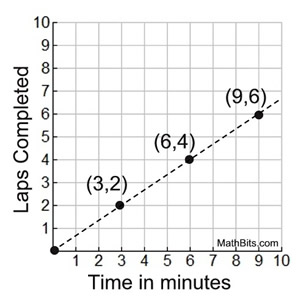What is the y-intercept of y = 3x + 4?
4

proportional--Has a constant rate of change and goes through the origin.
What is the y-intercept?
3 or (0,3)

The y-intercept is where x = 0, so the y-intercept is 3.
(0,3)
Bonus information: It is non proportional----constant rate of change but does not go through the origin.

change of y = 3
change in x = 1
so change in y/ change in x = 3/1 = 3
Bonus information: It is non proportional----constant rate of change but does not go through the origin. (0,1)
What is the slope of y = 1/3x - 2?
1/3

non Proportional--does not go through the origin (0,0)
Identify the y-intercept of the graph.
1 or (0,1)
The y-intercept is where x = 0, so the y-intercept is -1.
(0,-1)
Bonus information: It is non proportional----constant rate of change but does not go through the origin.

change of y = 8
change in x = 2
so change in y/ change in x = 8/2 = 4
Bonus information: It is non proportional----constant rate of change but does not go through the origin. (0,3)
What is the y-intercept of y = 1/5x - 6?
-6

non proportional--Has a constant rate of change but does not goes through the origin.
Identify the slope of the line.
rise/run = -3/4

The y-intercept is where x = 0, so the y-intercept is -5.
(0,-5)
Bonus information: It is non proportional----constant rate of change but does not go through the origin.
change of y = 15
change in x = 1
so change in y/ change in x = 15/1 = 15
What is the slope of y = -5x + 9?
-5

proportional.---Has a constant rate of change and goes through the origin.
Identify the slope of the line.
rise/run = 3/2
The y-intercept is where x = 0, so the y-intercept is -3.
(0,-3)
Bonus information: It is non proportional----constant rate of change but does not go through the origin.
change of y = 2
change in x = 1
so change in y/ change in x = 2/1 = 2
What is the slope and y-intercept of y = 3x?
Slope = 3
Y-intercept = 0
Which Graph Represents a Proportional relationship?
A----Has a constant rate of change and goes through the origin.
Identify the y-intercept and slope of the line.
y-intercept= -5 or (0, -5)
slope = rise/run = 3/4
The y-intercept is where x = 0, so the y-intercept is 0.
(0,0)
Bonus information: It is proportional----constant rate of change and goes through the origin.

change of y = 10
change in x = 2
so change in y/ change in x = 10/2 = 5
